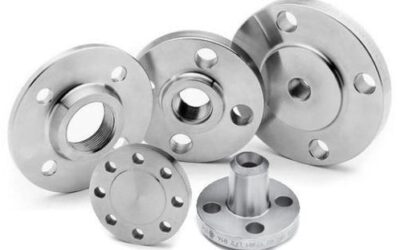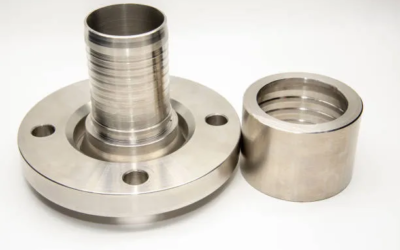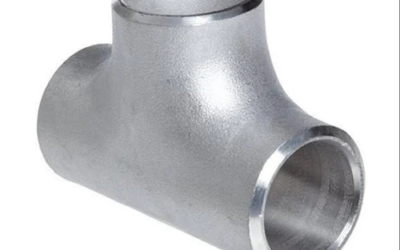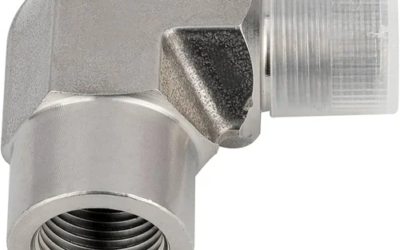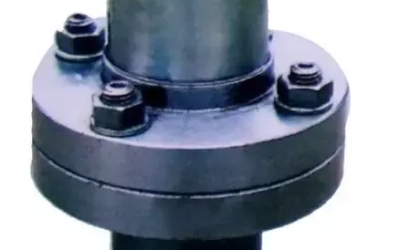Our Blogs
Latest Articles
Use of ASME B16.5 Standards for Flange Pressure Ratings
Engineers adhere to ASME/ANSI norms and guidelines. The piping system's construction helps to ensure that it meets the pressure integrity criteria. Standards and guidelines help to determine...
Understanding what is a lap joint
Lap joints are essential in woodworking and metalworking. These joints are intended to bind two pieces of wood or metal together by overlapping them. Lap joints are known for their strength and...
Pipe Tee Types and Their Applications in Piping Systems
Pipe tees are crucial components in industrial piping systems for merging or dividing fluid flows. These tees come in a variety of designs to accommodate differing flow directions, pressures,...
Duplex 2205 Fasteners Complete Guide
If you work in the industrial or engineering fields, you've probably seen Duplex 2205. the correct fasteners is critical for anchoring structures, machinery, and equipment under high-pressure and...
Street Elbow vs. 90-Degree Elbow: Key Differences
Fittings are essential in the piping and plumbing industry for efficiently directing fluid flow. The street elbow and the 90-degree elbow are two popular fittings used to change the direction of a...
Difference Between Flange and Coupling – A Detailed Comparison
Flanges and couplings are critical components in pipeline and mechanical systems that join pipes, valves, and other equipment. While they perform the same goal, they have different designs,...

